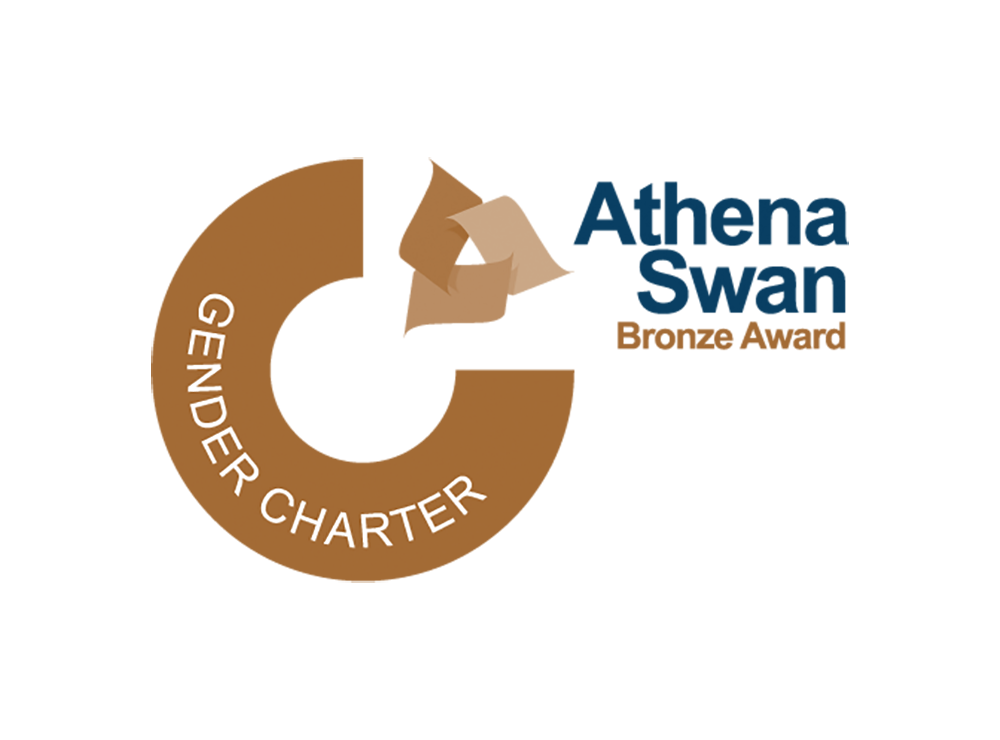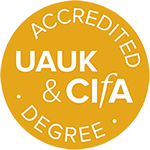Current filters applied:
- (-) Remove Current Projects filter Current Projects
- (-) Remove Recently Completed Projects filter Recently Completed Projects
- (-) Remove Built Environment filter Built Environment
- (-) Remove Archaeology filter Archaeology
Displaying 7 projects
Anthropogenic Wetlands and the Long Transition to Agriculture in the Levant (Anthropogenic Wetlands)
The project will develop an innovative new model to examine the pivotal role of anthropogenic wetlands in the long transition to agriculture in the Levant. Remarkably, while this transition has been explored in some detail, we still do not have a good grasp on the long-term developments and causes...
‘BODIES MATTER’ focuses on the material culture of bodies (and the self) in colonial borderlands by comparing three frontiers at various periods and geographies: the Spanish Empire’s southern borderland in the Americas in the AD 16th-19th century, the Punic western Mediterranean in the 6th-2nd...
The Community Heritage and Education for Sustainable Development in Tanzania project is a continuation of some of the activities initiated by the AHRC-funded Co-production Networks for Community Heritage in Tanzania (CONCH) project ( https://www.conchproject.org/ ), that ran in 2018 and 2019. This...
The aim of H-E Interactions is to investigate how increasingly anthropogenic wetland landscapes, and the reliable resources within those environments, influenced the evolution of plant-food production and the origins of agriculture through the Final Pleistocene and into the Early Holocene (ca. 23-8...
Image: Ancient pastoralist settlement viewed from the air, Amboseli, Kenya. Photo: P. Lane. Mapping Africa's – Endangered Archaeological Sites and Monuments (maeasam.org) project aims to identify and document endangered archaeological heritage sites across Africa using a combination of remote...
The Mapping Archaeological Heritage in South Asia (MAHSA) project will document the endangered archaeology and cultural heritage of the Indus River Basin and the surrounding areas and publish this information in an Open Access Arches geospatial database. This database will be a collaborative output...
The project Science @ Tarquinia aims to provide the complementary scientific support for the long-standing study of the ancient Etruscan city of Tarquinia by the University of Milan. This Unesco World Heritage site is well known for its magnificent painted tombs, its city walls, the Temple of Ara...


